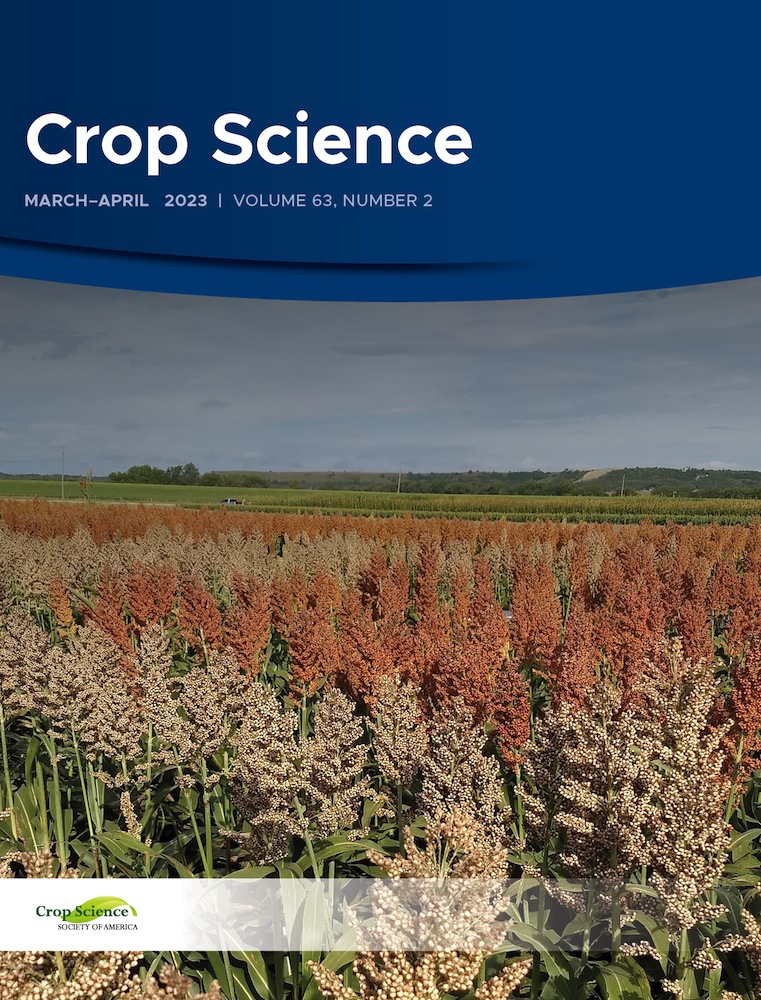Tissue culture, aeroponics, and hydroponics have improved the production of first-generation potato (Solanum tuberosum L.) minitubers in Ethiopia. However, some minitubers may be very small (<5 g) and would probably fail to survive in open-field conditions. Thus, they are usually replanted in screenhouses in pots as single tubers/hills. The impact of pot size and number of minitubers that can be feasibly planted per pot to obtain optimal yield with little impact on progeny tuber size require investigation to optimize indoor seed potato production. Consequently, a screenhouse experiment was conducted at Adet Agricultural Research Center, Amhara, Ethiopia, between 2020 and 2021 to investigate the effect of seed density and different pot sizes on a number of tubers harvested per pot, per planted minituber, and average tuber weight (g). Experimental treatment factors were potato variety at two levels, pot size at three levels, and seed density at five levels. Five replications per treatment combination, each with four pots, were used. Analysis of variance, with seed density up to cubic component as single-degree polynomial contrast, showed that the assessed variables were not significantly (P <= 0.05) affected by potato variety. All two- and three-way factor interactions except pot size by seed density for the number of tubers harvested per planted minituber were not significant (P <= 0.05). Pot size significantly (P <= 0.05) affected the number of tubers harvested per pot and per planted minituber but not the average tuber weight. All the assessed variables were significantly (P <= 0.05) affected by seed density. The number of tubers harvested per pot increased significantly (P <= 0.05) with increasing pot size and seed density. Polynomial regression showed that linear and quadratic components of seed density as a predictor of the assessed variables were significant (P <= 0.05); however, its polynomial components did not significantly (P <= 0.05) interact with main treatment factors. The estimated optimum seed density from the derivatives of the polynomial functions was five tubers per pot. The predicted minimum average tuber weight was 18.5 g, which is appreciably high for good open-field minituber survival. Meanwhile, the 10-L pot produced significantly (P <= 0.05) more minitubers than other pot sizes; however, it had the lowest production efficiency per unit area of screenhouse and per kilogram of culture substrate. Thus, 2- and 6-L pots, each planted with five minitubers, irrespective of the potato variety are recommended to maximize productivity of minitubers and screenhouse space with little or no impact on progeny tuber size.
Determination of optimum planting density of very small potato minitubers and appropriate pot size for maximizing seed tuber production in screenhouse conditions
Citation: Abitew, W.N.; Kakuhenzire, R.; Enyew, M. 2023. Determination of optimum planting density of very small potato minitubers and appropriate pot size for maximizing seed tuber production in screenhouse conditions. Crop Science. ISSN 1435-0653.
2023-04-24
POTATO AGRI-FOOD SYSTEMS, POTATOES, SEED SYSTEMS
journal_article

